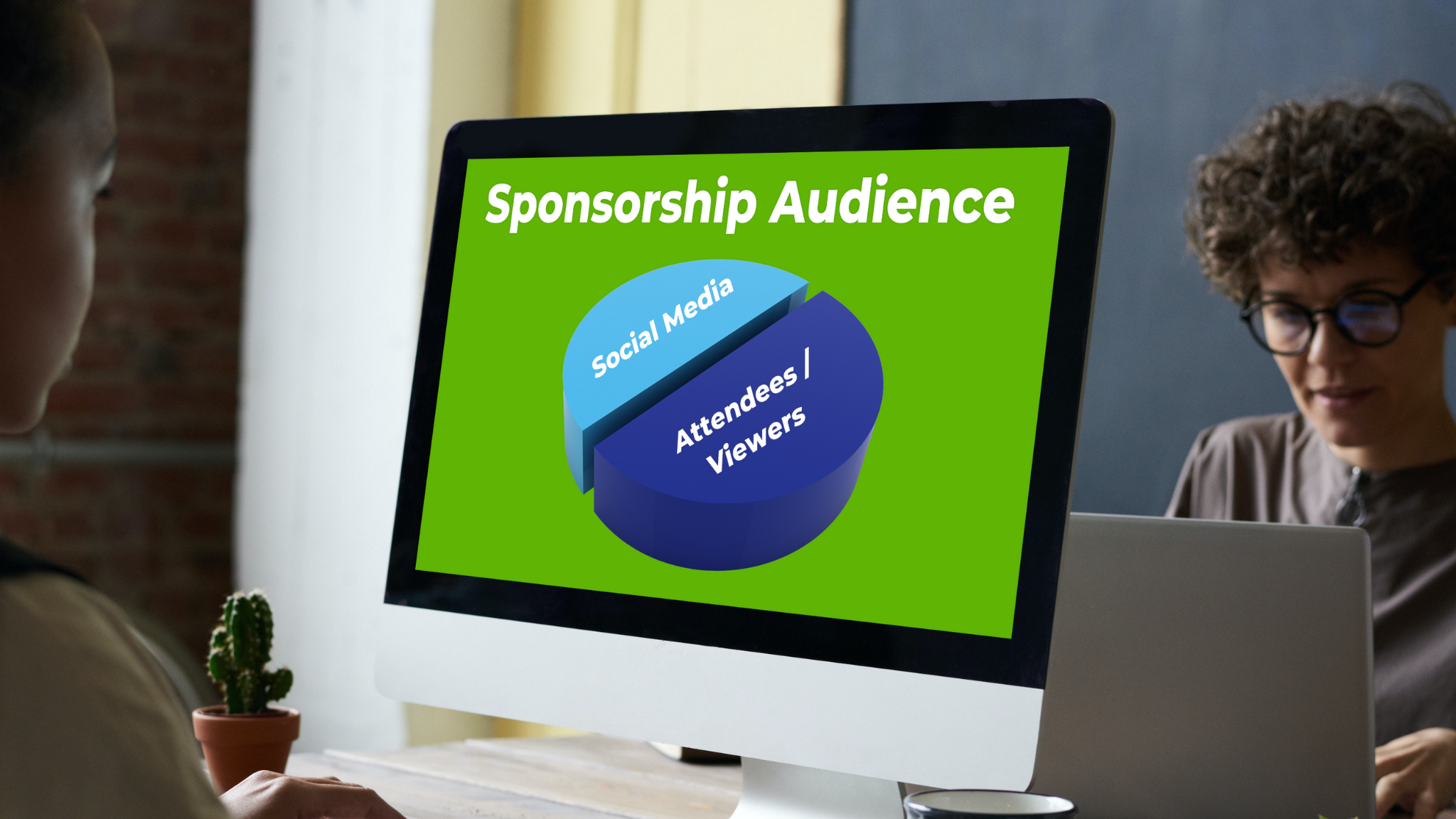
In a recent article, we noted the ever-increasing importance of a social media audience to sponsorship success. The massive growth of social media has created a windfall for influencer marketing.
Like many sponsors, our clients integrate influencers into their sponsorship relationships to amplify key messages. For example, sports sponsorships often include athlete influencers that align with the sport. Non-profit sponsorships lean on celebrity endorsements that support the organization’s cause. Influencer marketing has become a standard component in an integrated sponsorship campaign, along with experiential, public relations, and other marketing programs.
Recent research published in the AMA Journal of Marketing offered validation for several best practices in social media influencer marketing. We’d like to share insights from that study along with our thinking on the study’s impact on how we use influencer marketing in sponsorship.
What makes an influencer effective?
Audience Size
Insight: Influencers with larger audiences have more credibility with their followers by virtue of audience size. The bigger the audience the more credibility. For this reason, the sponsored messages of these influencer’s carry more weight.
Practice Tip: Properties must continue to focus on building an audience. It’s not just about increasing the potential reach of a message. It’s also about improving the positive perception of that audience to the potential sponsored messages.
Post Frequency
Insight: Choose an influencer who posts frequently but not too much. Influencers who bombard their audience with too many posts turn them off and dilute their impact.
Practice Tip: Sponsors need to gauge whether their message will be lost in an influencer’s blizzard of hourly posts.
Post Originality
Insight: Look for an influencer who creates original content. Avoid the pundit who merely quotes others or adds their take to someone else’s content.
Practice Tip: The sponsor should engage the influence in the co-creation of original content. This content would be warmly received by an audience already looking for creativity.
Audience-Sponsor Fit
Insight: Strong fit between the influencer’s audience and the sponsorship brand strengthens the impact of the message. However, if the fit is too strong, the power of the sponsor’s message weakens because this audience has probably already heard it.
Practice Tip: Too much of a good thing may hurt the sponsor. Beware of bombarding avid brand fans of the sponsor with the same message over and over. Look for fans less familiar with the sponsor’s brand.
Positive vs. Critical Posts
Insight: The influencer’s posts should balance positive and critical comments. Influencers who “call it like it is” are trusted more than influencers who are always positive.
Practice Tip: Working with critical influencers may counter a sponsor’s sense of “brand safety.” No sponsor wants to be criticized by their paid influencer. However, when approaching these relationships carefully, the boost in message credibility may be worth it.
Final Thoughts
Some of the study’s findings seem common sense from a practitioner’s point of view. However, when advising clients, we feel more confident knowing that research underscores our recommendations. With the importance of this area to sponsorship, we hope you feel more confident too.


